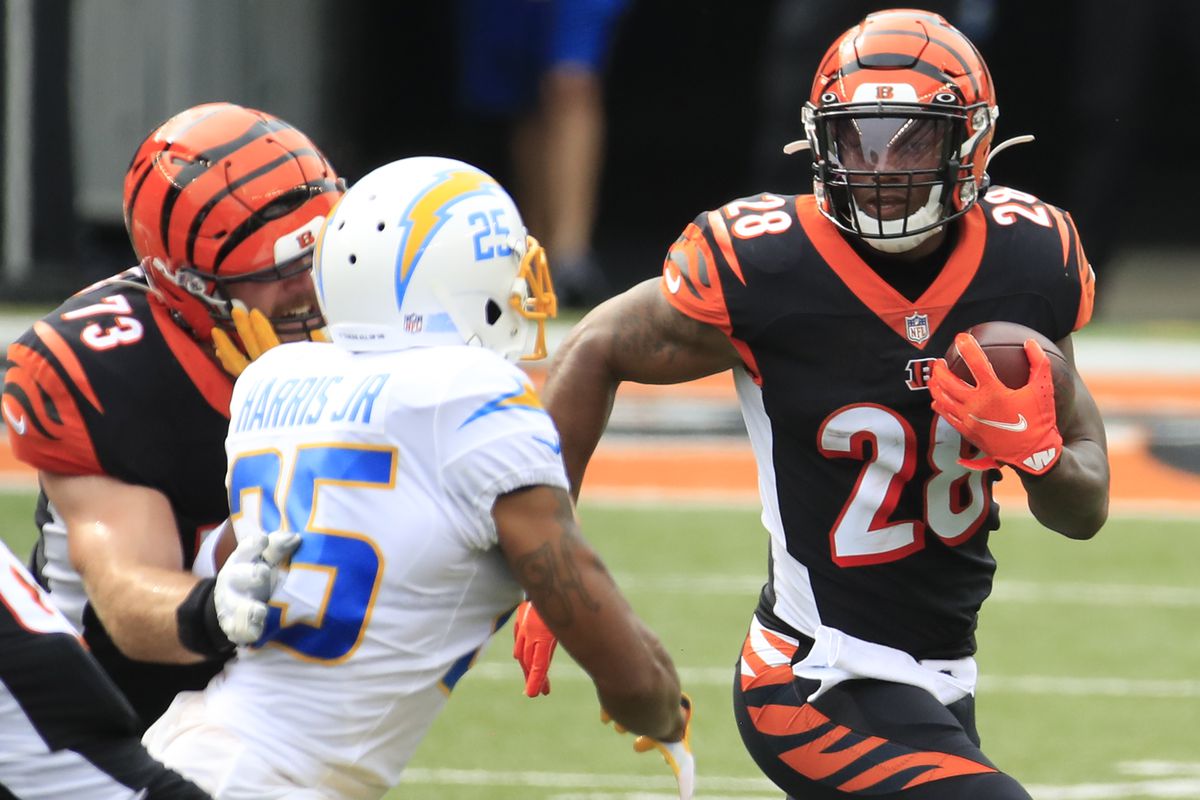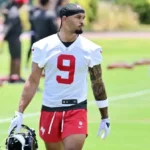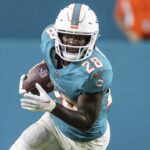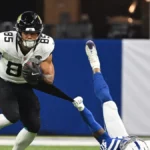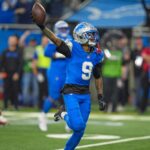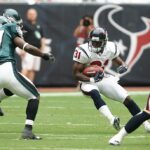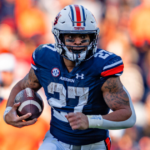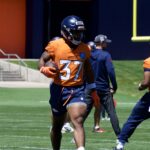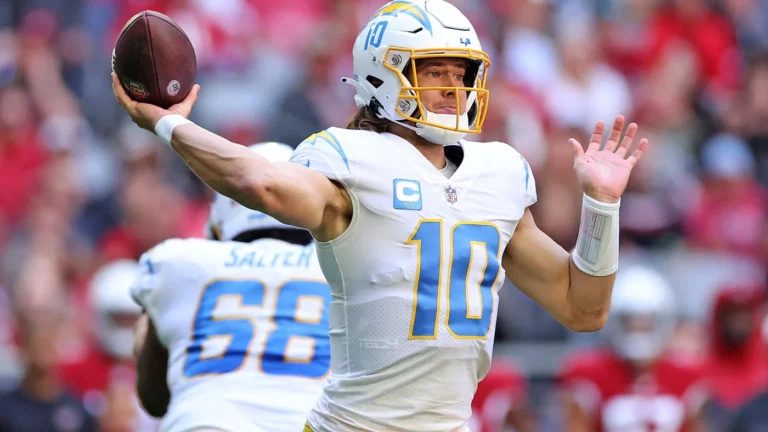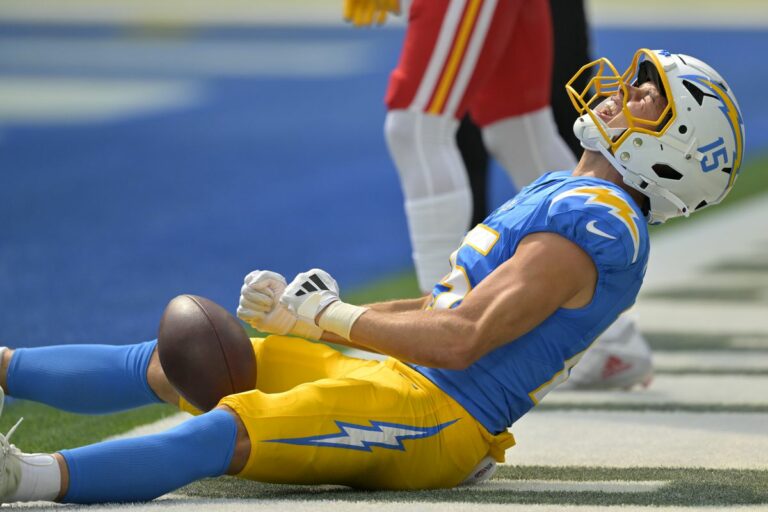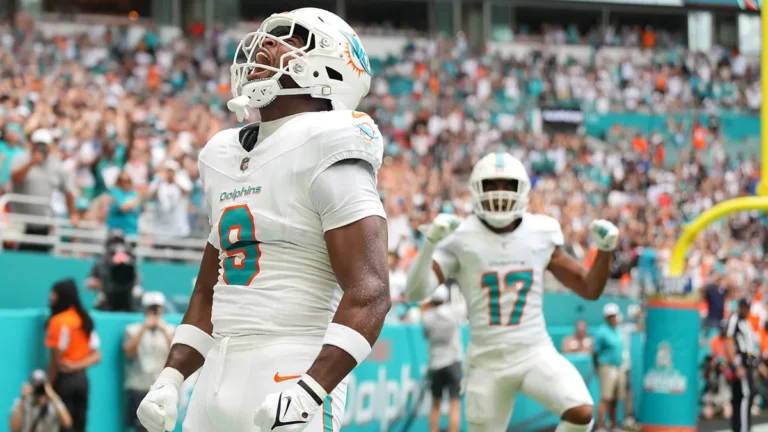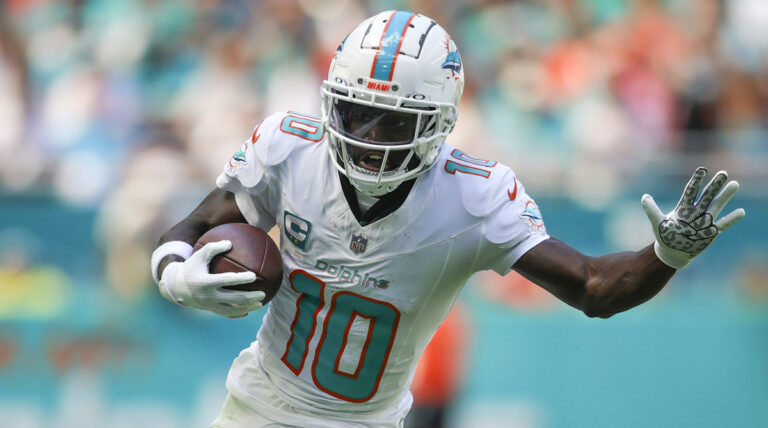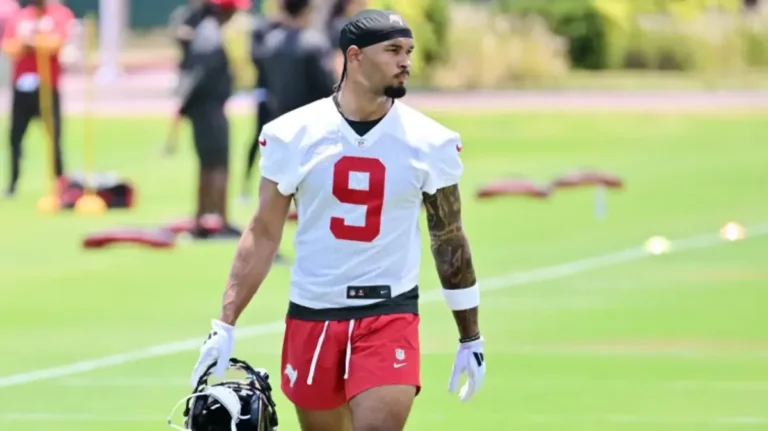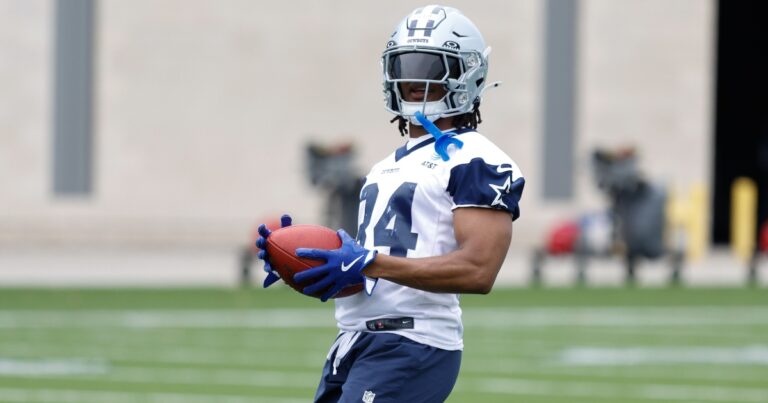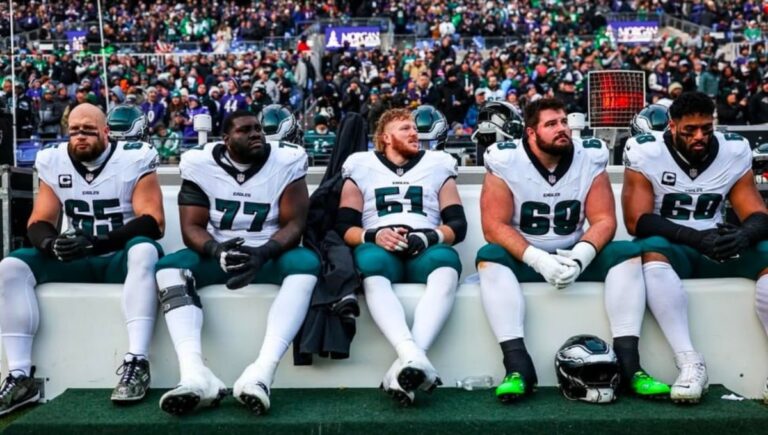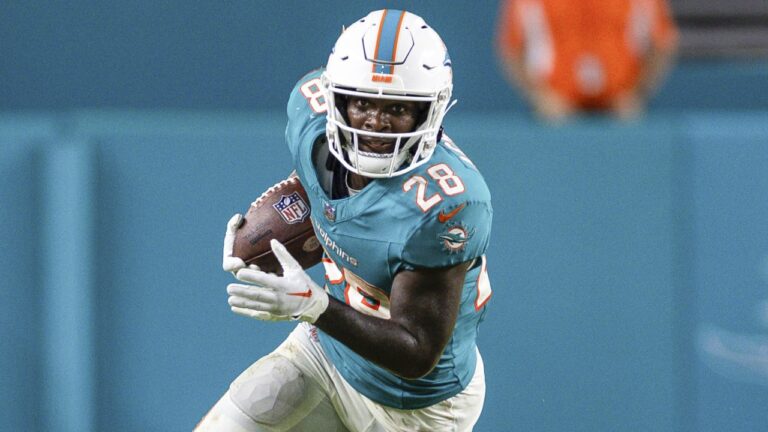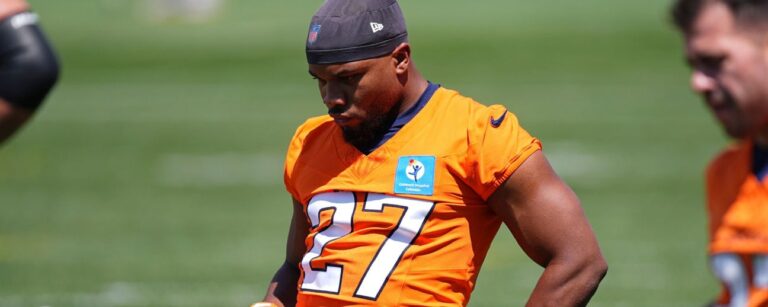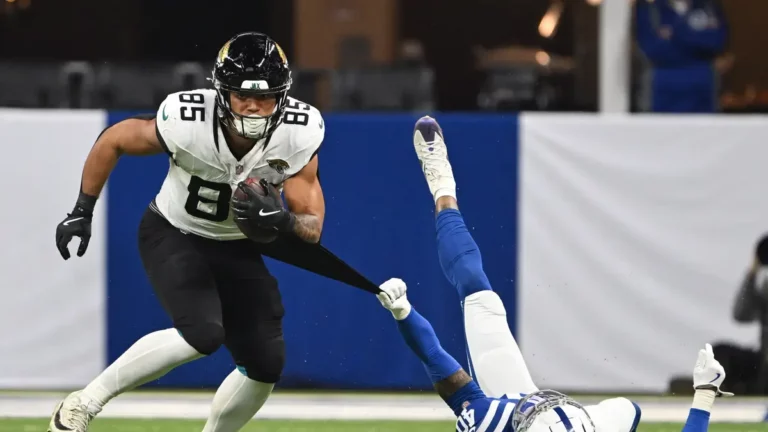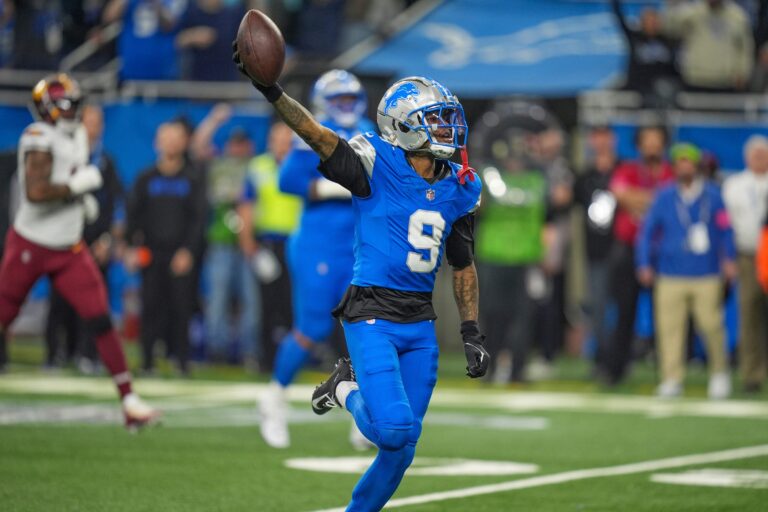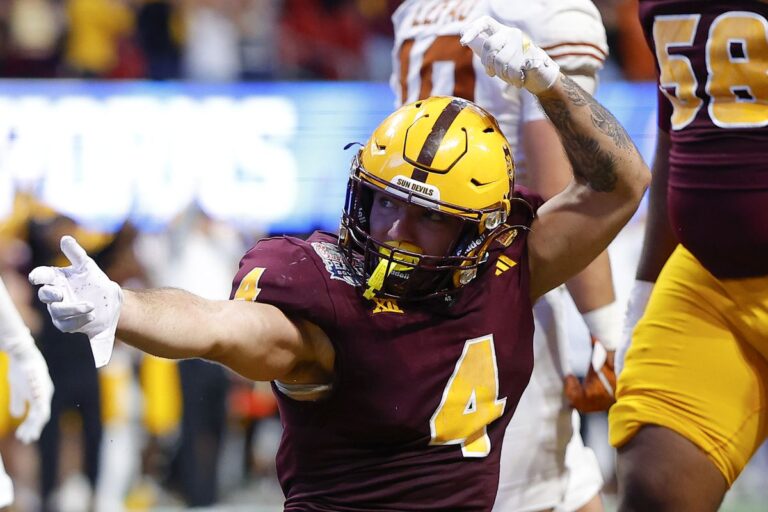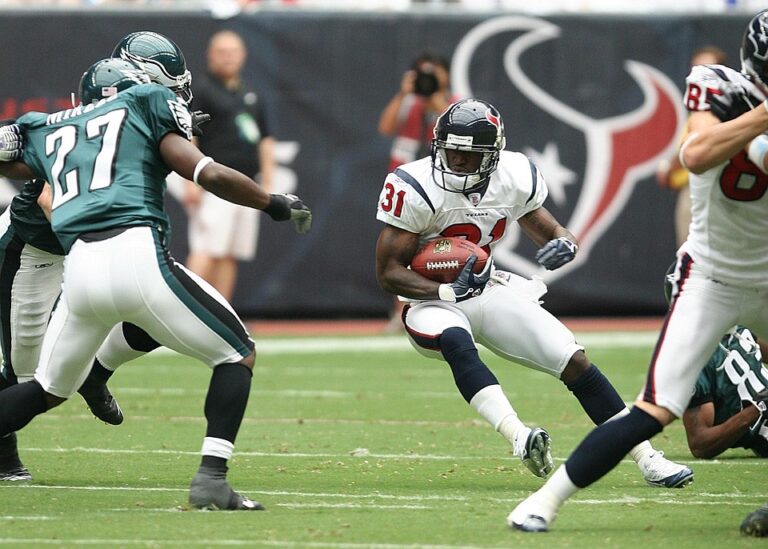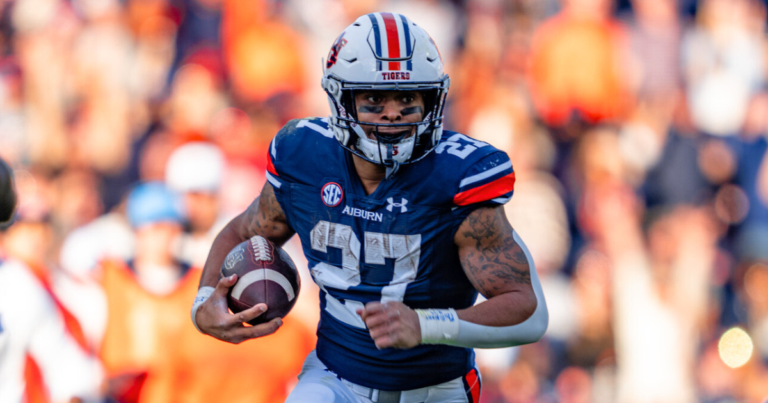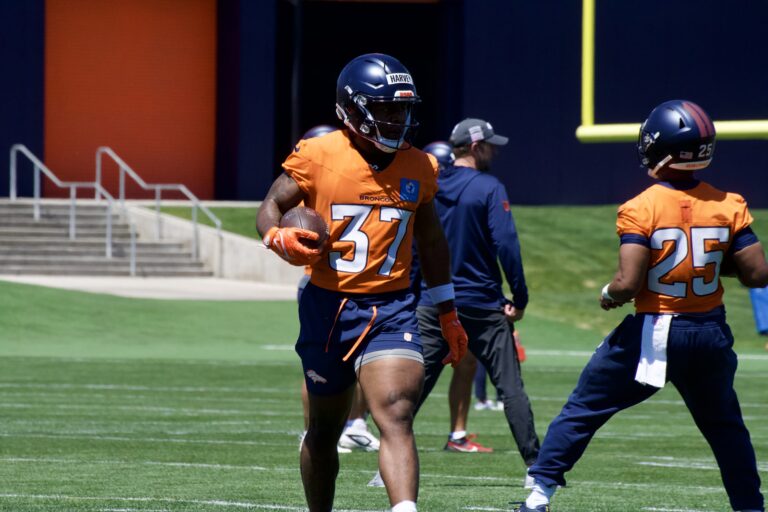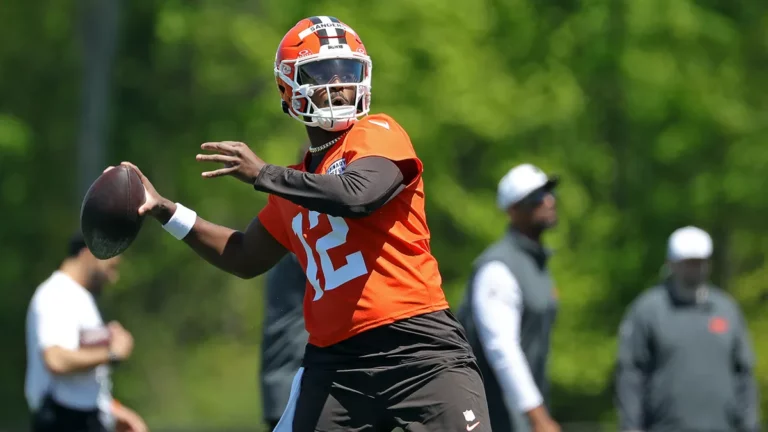“No-trade calls” or “keep-low.” Call it what you want, whenever a starter-caliber fantasy player struggles enough or is not reaching the expectations of their ADP, the online scene starts popping up with suggestions for what to do with them.
Sometimes, the advice is to eat crow and live with disappointment. But other times, the advice is to trade for these players, and buy low before their returns increase.
Well, what if they’re talking about your players? All these buy-low advisors… they’re trying to screw you over, to take advantage of a vulnerable, momentary lapse of reason.
Before jumping ship on any of the following players, consider these cases for why patience could be the best investment for them.
Joe Mixon
It’s a strange dichotomy. On one hand, the football world likes to throw the “running backs are a dime a dozen” narrative out there. On the other, backs like Mixon receive contracts equivalent to 480,000,000 dimes. Then, the football world yells “that much money means they’ll use him a lot!”
For those who invested a high fantasy draft pick in Joe, that makes it frustrating to see Giovani Bernard out-target him 12-6 through two weeks. But that’s as far as the grievance should go.
It was no secret that the Bengals’ O-line was still going to be below average, even with 2019 first-round pick Jonah Williams returning after missing his entire rookie season to a torn labrum. The line still only graded higher than the Dolphins, according to PFF.
So, Mixon’s 3.3 yards-per-carry shouldn’t come as a shock. Sure, a little more return on a $48 million investment would be nice, but don’t underestimate how a new quarterback affects the entire offense.
You can’t expect Joe Burrow‘s transition to the pros to be seamless, number one pick, or not. Despite moments where Burrow is clearly in the early stages of adjusting to NFL game speed, he’s kept his team within one score both games this season.
A three-touchdown night nearly pulled off an upset in Cleveland, and he also led the offense to put up 13 points against a Chargers defense that the Chiefs’ points factory needed overtime in order to reach 23.
Mixon owners who invested in patience were rewarded last season. He only produced 8.7 ppg through his first seven games last year, but that rose to 18.1 ppg during the last nine, good enough for the RB8-pace in 2019.
As Burrow gets better, that scenario could very well happen again. At 17.5 carries and 3 targets-per-game, don’t take Mixon’s volume for granted. What we’ve seen so far could very well be his floor.
Dalvin Cook
Another back who received a big payday this offseason, Cook seems to be hanging on by a thread when it comes to meeting expectations expressed by his mid-first round ADP. Three touchdowns and a 2-point conversion could mask the reality of only amassing 119 yards from scrimmage so far.
Maybe you’ve noticed this reality and thought that if you traded Cook now, it’d be a sell-high.
Well in case those kinds of thoughts are entering your mind, consider the Vikings offense last season, particularly concerning Kirk Cousins.
Cousins only produced three passing touchdowns through the first four weeks last year, not topping 233 passing yards in any of those games. Kirk looked like shit against the Colts this past Sunday. And well, he looked like shit in week 2 last year too, going 14-for-32 for 230 yards, 1 TD, 2 INTs.
Apparently, Cousins has a tendency to need a little time to get going in the face of changes.
Thus far, the Vikings look like a team finding itself with new coaching addition Gary Kubiak.
In 2015, a mediocre supporting cast didn’t stop Cousins from eventually finding a rhythm after becoming Washington’s unquestioned starter.
Now, the Vikings enter 2020 without Stefon Diggs. With Diggs looking good in Buffalo, it looks like Cousins and the Vikings offense may be off to another slow start while adjusting to another significant offensive change. That didn’t affect Dalvin Cook’s production last season, but it could be this year.
Again, remember the volume. If the Diggs-less Vikings can find a rhythm, Cook should have no problem seeing games that justified his ADP.
Robert Woods
After putting up over 19 ppg during the last seven weeks in 2019, Woods entered 2020 with legit WR1 upside as the Rams’ projected top receiver.
Through two weeks, eight catches on just 13 targets isn’t getting it done. Woods’ week 2 fantasy day was only saved by a rushing score.
C’mon bro, you’re making me look bad…
When I die, I want everyone to be able to look through my social media so they know that Robert Woods went too low in EVERYONE'S fantasy drafts
— Chase Marquette-Gaines (@ChaseM_G) September 12, 2020
Am I only trying to make a case for Woods so that I look more prophetic? Nah. I will admit, though, having invested in so many Woods’ stocks this year has put me at the front of the line in deciphering the “why” behind the low production so far. That made him the first name that popped into my head when I first considered doing this article.
Consider that for Robert’s two-catch performance Sunday, he drew the attention of cornerback Darius Slay. While Terry McLaurin got a 7-125-1 line versus the Cardinals on Sunday, he only put up 5-61-0 while going up against Slay in week 1.
There really isn’t a game plan that Rams coach Sean McVay could make that doesn’t involve Woods or Cooper Kupp. But unless Kupp has overcome his difficulty succeeding outside of the slot role, Woods is still in a better role for production moving forward.
Jarvis Landry
So far, the Browns have been obliterated by the Ravens, and saw a run-heavy game script against the Bengals. Both situations aren’t ideal for Landry’s fantasy returns.
In theory, the extra rest after playing on Thursday night will essentially quell concerns over the residual effects of Jarvis’ hip surgery in February 2019.
Familiarity with yet another new head coach, Kevin Stefanski, should get better as the Browns’ offense becomes more efficient. They’ll get better-opposing offenses than Cincinnati, and not as daunting defenses as Baltimore (except perhaps the Steelers).
Both of those things should equate to game scripts that are less run-heavy, and better opportunities for those scripts to succeed.
That, then, should allow Landry to easily surpass his current rate of 9.35 ppg. While Jarvis’ production hasn’t always been elite, it’s been notably consistent, reliable enough to make him a fantasy starter every year since entering the league in 2014. That’s too long of a track record to jump ship on him now.
